PM facing NSW miners’ revolt in key election seats, as mining sector banks record jobs
Anthony Albanese has been warned of a revolt in key Labor-held NSW seats stoked by fears among tens of thousands of mine workers and suppliers that the government is anti-mining and too close to the Greens.
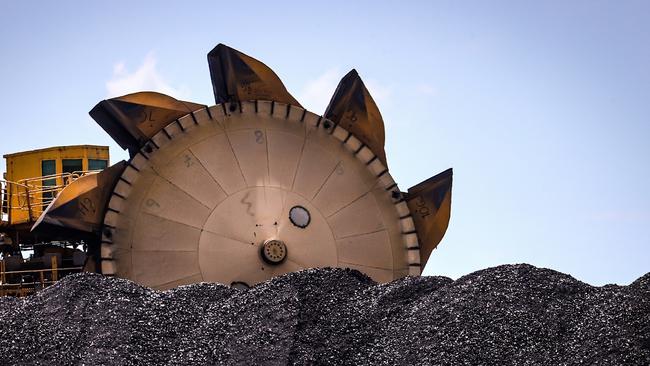
Anthony Albanese has been warned of a damaging revolt in Labor heartland seats and key electorates across NSW, stoked by fear among tens of thousands of mine workers and suppliers that the government is anti-mining and too close to the Greens.
The Prime Minister on Monday night will seek to reset his relationship with the private sector and declare a stronger economy “can’t be realised by government alone”, as he pushes the Senate to back Labor’s plan to give tax credits to miners of critical minerals like cobalt and lithium.
But as NSW miners spend $3.9bn on wages and $14.4bn for goods and services purchased from more than 7000 local businesses, mining industry leaders believe the government’s attitude to the resources sector, blocking of the McPhillamys goldmine, fear of fewer well-paid regional jobs in a net-zero economy and the prospect of an ALP-Greens hung parliament alliance could turn voters against Labor.
After coal, gold and other mining in Australia’s biggest state helped deliver Jim Chalmers consecutive surpluses, new data obtained by The Australian reveals NSW mining companies pumped $22bn directly into the economy and supported a record workforce of more than 34,900 full-time equivalent jobs.
Speaking at the Australian Industry Group annual dinner in Canberra on Monday, Mr Albanese will tell business leaders frustrated by Labor’s industrial relations, energy and environmental policies that the country needs them to thrive.
“I have always valued our constructive engagement. Even if we sometimes bring different perspectives to the public debate, we all share the same objective, founded on the same understanding,” Mr Albanese will say.
“We know that building Australia’s future depends on building a stronger, more competitive, more resilient and more productive economy. An economy that creates wealth and opportunity, one that encourages innovation, attracts investment and rewards hard work.
“That’s our government’s vision but it can’t be realised by government alone … national prosperity depends on the engine room of private enterprise and the growth private capital drives.”
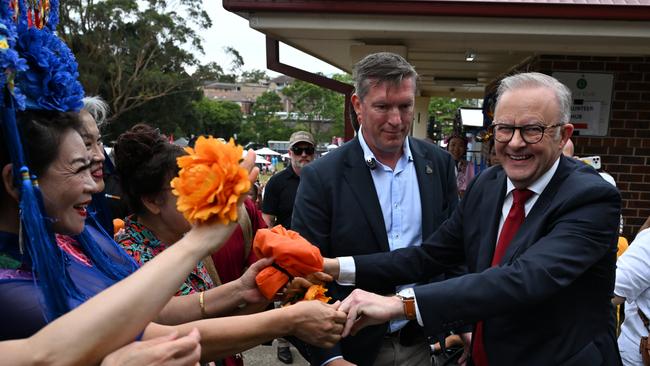
If Labor can pass the critical minerals tax credits bill – despite opposition from Peter Dutton and the Coalition – it would be the last piece of Labor’s green energy agenda to become law before a federal election that could be called within weeks.
In his speech, Mr Albanese will say his government’s plan to reboot the economy is focused on “providing business with the incentives, opportunity and certainty to invest in new energy, new projects, new technology and new markets in our region and around the world”.
Mr Albanese and Resources Minister Madeleine King will push the critical minerals policy as a vote winner in resources states and attack the Opposition Leader for wanting “to rip the guts out of WA and Queensland”.
While Mr Albanese focuses on Western Australia and Queensland, four key NSW seats have been identified as vulnerable to revolts from mining workers and suppliers, including the Labor seats of Hunter (held with 4.8 per cent margin), Paterson (2.6 per cent margin) and Shortland (6 per cent margin).
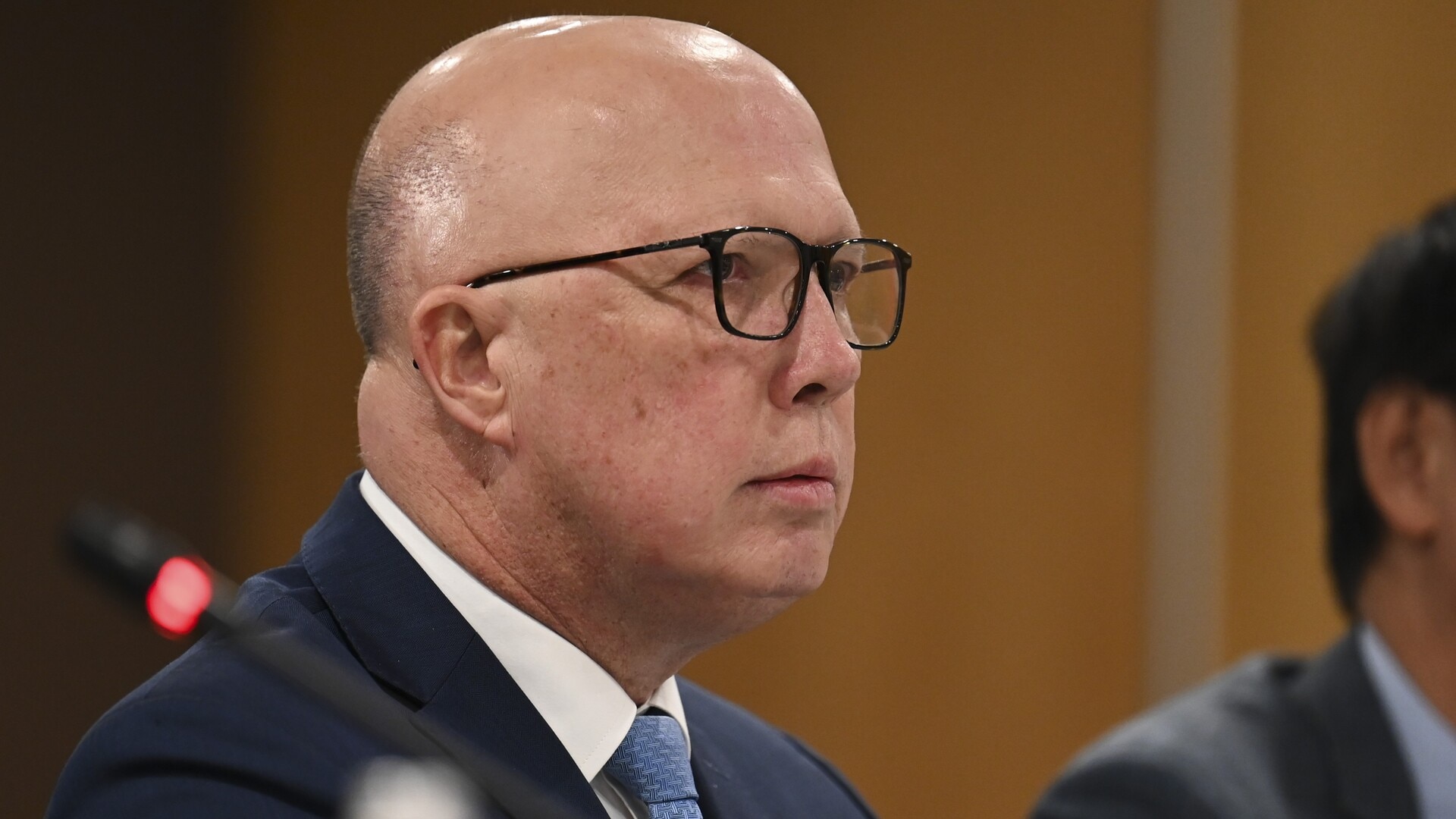
The central NSW electorate of Calare, held by independent MP Andrew Gee who quit the Nationals to support the doomed Indigenous voice, is home to the massive Cadia goldmine and proposed McPhillamys project in Blayney, and will likely be reclaimed by the Coalition.
As mining bodies prepare to launch election campaigns promoting the strength and economic importance of the resource sector, The Weekend Australian on Saturday revealed the message from business leaders to Mr Albanese and Dr Chalmers is that they don’t need incentives like production tax credits to invest, they “just need better economic conditions”.
NSW Minerals Council chief executive Stephen Galilee, who represents members including Glencore, Whitehaven Coal, Yancoal, Newmont, Delta Coal and BHP, on Sunday said “thousands of miners and their families live in federal electorates that could help determine the outcome of the next election”.
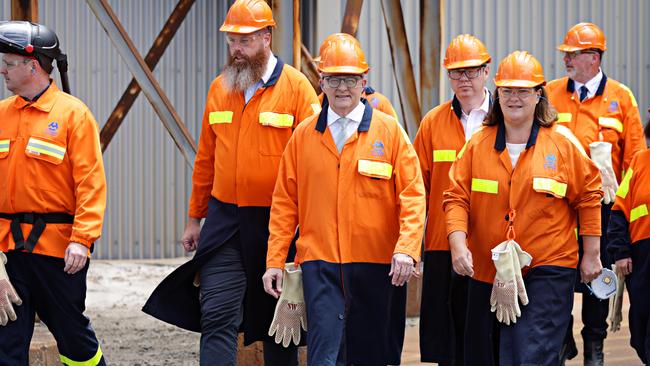
“Their votes, along with the votes of many more people who work in hundreds of local mining supplier businesses, will be crucial. Thousands of people in mining communities across NSW will cast their vote at least in part based on who they think is going to stand up for the industry they rely upon,” Mr Galilee said.
“Many people in the industry feel the federal Labor government does not support mining in NSW, and is too close to the Greens who hate mining and want it shut down. Environment Minister Tanya Plibersek’s decision to block the McPhillamys goldmine and the proposed “Nature Positive” reforms have confirmed this view in the minds of many regional voters.”
The annual NSW Minerals Council Industry Expenditure Survey for 2023-24, released on Monday, shows that in 31 participating mining companies, mine sites supported more than 34,900 full-time equivalent jobs, which is an increase of 10 per cent compared to the previous year. In the same period, mining companies paid $3.7bn in royalties and other taxes to the NSW government.
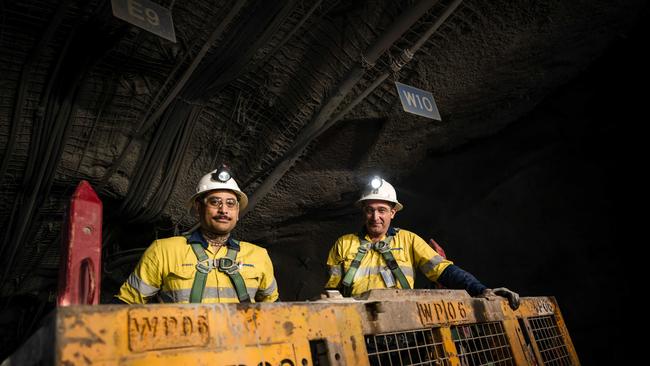
The direct spend of mining companies in the seats of Hunter, Paterson, Shortland and Calare, home to almost 20,000 mining workers and 2866 mining supplier businesses, is valued at $7.45bn.
Mr Albanese last month launched a blitz of vulnerable Labor seats in the NSW Hunter Region, including standing alongside Paterson MP Meryl Swanson, Hunter MP Dan Repacholi and Shortland MP Pat Conroy at the Tomago smelter to announce a $2bn green aluminium production credit scheme.
Mr Dutton has made multiple visits to Ms Swanson’s seat of Paterson, which the Liberal Party held for 17 out of 20 years between 1996 and 2016. In the wake of Labor’s unpopular Hunter offshore wind farm plan and an unfavourable electoral redistribution for Ms Swanson, the Coalition believes it can reclaim Paterson. The Albanese government’s aggressive net-zero transition pursuit and renewables revolution is also stoking fears of a backlash in Mr Repacholi’s coalmining seat of Hunter.
Two of the seven nuclear energy sites proposed by Mr Dutton across the country are located in the battleground mining seats of Hunter and Calare. The nuclear plan, which political strategist say has been positively received in mining regions, proposes reactors at Liddell in the Hunter Valley and Mount Piper near Lithgow.
The Coalition’s net zero by 2050 blueprint requires up to 65 per cent of ageing coal-fired power stations to keep operating until nuclear comes online from 2036.
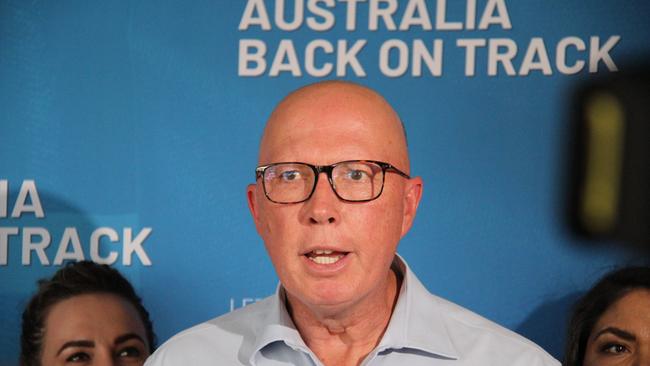
As revealed by The Australian last month, Mr Albanese has adopted a defensive posture in a pre-election blitz designed to sandbag at-risk Labor seats across the country compared with Mr Dutton who is running an offensive campaign targeting Labor, Greens and teal electorates.
In addition to the three Hunter Region ALP seats, Coalition strategists are expecting tight races in NSW Labor electorates including Robertson and Dobell on the Central Coast, Gilmore and Eden-Monaro on the South Coast, Richmond on the North Coast, and Bennelong, Reid, Werriwa, Macarthur, Macquarie, Greenway and Parramatta in Sydney.
Economic analysis of the NSW mining data shows the spend of mining companies was equivalent to 25 per cent of the gross regional product of the Hunter Region, ahead of 17 per cent in the Central West, 16 per cent in the Far West, 15 per cent in the North West, 9 per cent in the Illawarra, and 6 per cent in the North.





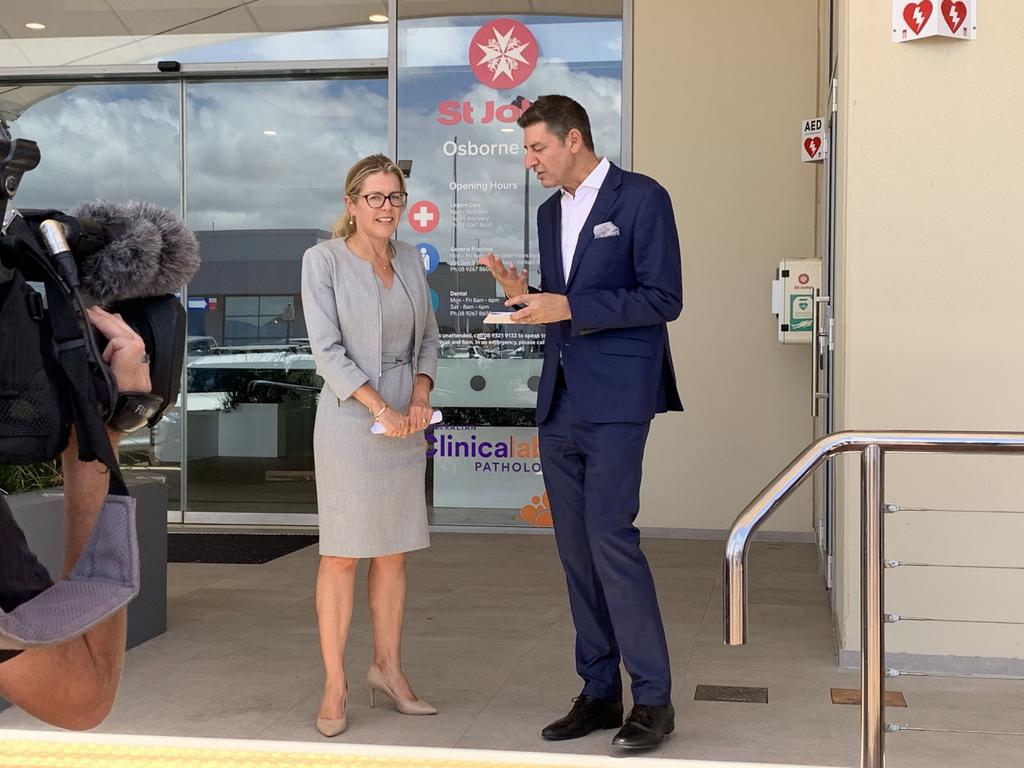


To join the conversation, please log in. Don't have an account? Register
Join the conversation, you are commenting as Logout